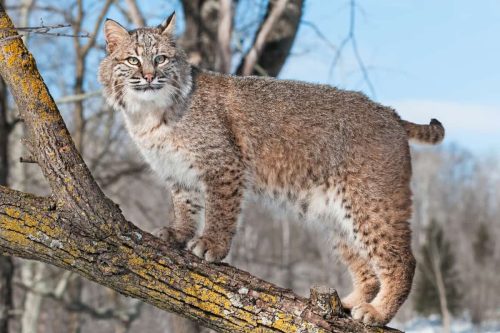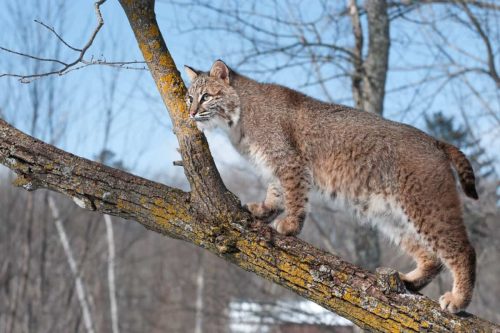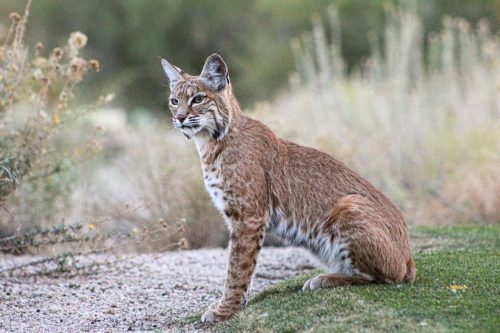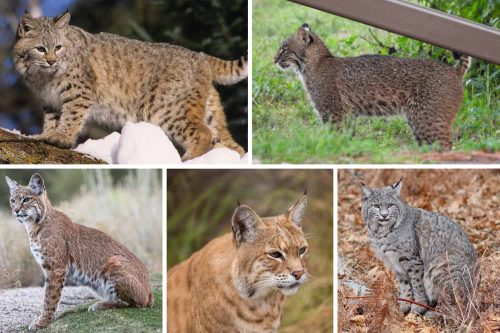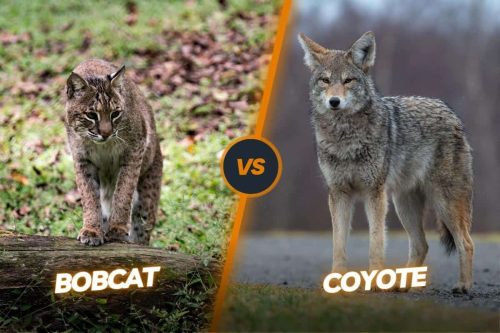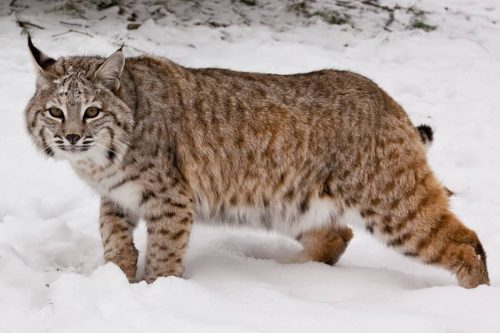Types of Bobcats: Discovering the Different Bobcat Species
Bobcat is a medium-sized wild animal that could be found in a variety of habitats throughout the Northern American Continent. These cats are highly adaptable predators and closely resemble a lot of large cats like the Canadian Lynx. Bobcats are almost double the size of house cats and come with a bobbed tail which makes them distinguishable from other cats.
Bobcats live throughout the North American region in the range between Southern Canada to Northern Mexico. These cats have also been divided on the basis of their taxonomic classifications. According to the US forest service, there are a total twelve types of bobcats and these bobcat types vary on the basis of their geographical range and colors. In this article, we are going to discuss all the bobcat subspecies in detail.
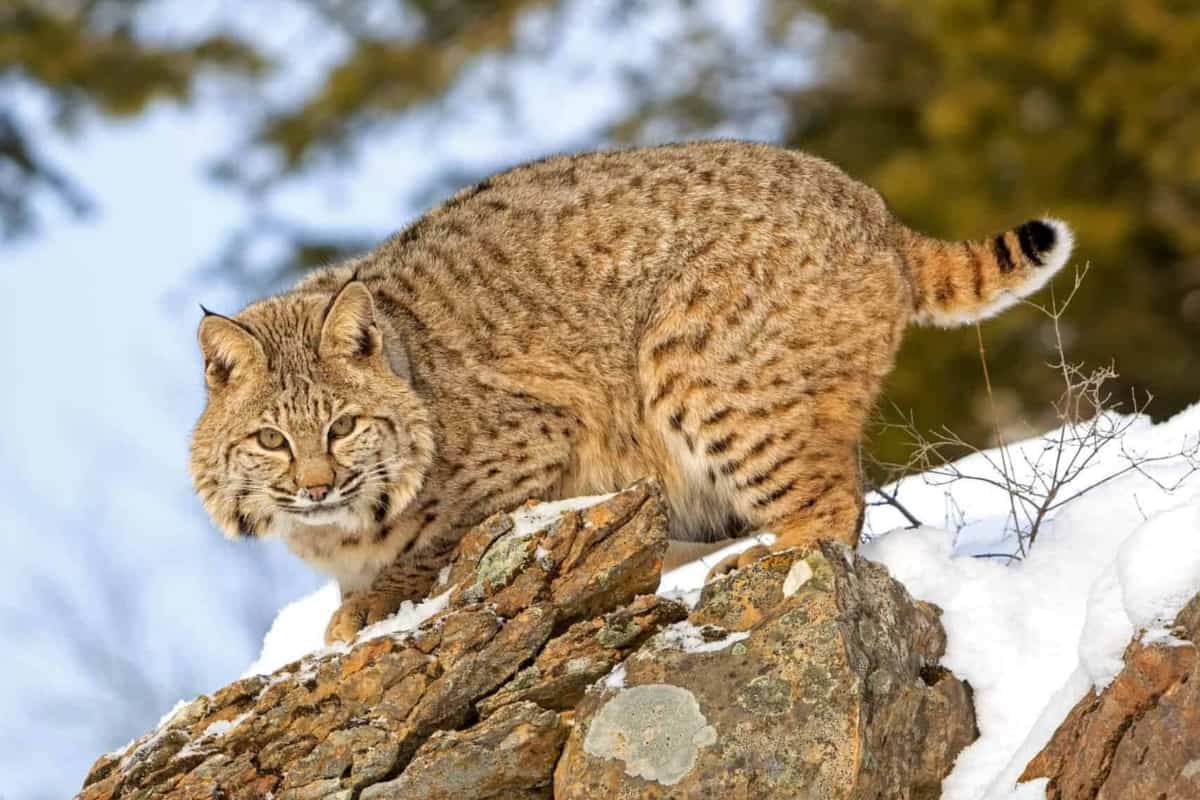
Contents
Bobcat Species
Bobcat has a very stable population throughout the North American continent. It has been estimated that there are almost 1 to 1.5 million bobcat populations in the region. According to the IUCN, it is the least concerned species in terms of its population. Many subspecies of bobcats could be found in the smaller territories of North America.
Bobcats have actually 13 subspecies in total and two of them are officially recognized while the eleven other are not officially recognized. These species have been divided on the basis of their Physical appearance and genetic differences. You can witness these species in the Great Plains, Western USA, and Eastern Florida State of the USA. Here you can have a quick view of these 13 types of subspecies of bobcats.
| Recognized types of bobcats | Unrecognized types of bobcats |
|---|---|
| Lynx rufus rufus | Lynx rufus floridanus |
| Lynx rufus fasciatus | Lynx rufus gigas |
| Lynx rufus superiorensis | |
| Lynx rufus baileyi | |
| Lynx rufus texensis | |
| Lynx rufus peninsularis | |
| Lynx rufus pallescens | |
| Lynx rufus californicus | |
| Lynx rufus escuinapae | |
| Lynx rufus oaxacensis | |
| Lynx rufus mohavensis |
1. Recognized Types Of Bobcats
There are only two recognized types of bobcats. These are eastern side bobcats and western side bobcats. The division has been done on the basis of their geographical territory. The officially recognized types of bobcats have been named Lynx rufus rufus and lynx rufus fasciatus. Let’s discuss these bobcats in detail.
i. Lynx Rufus Rufus
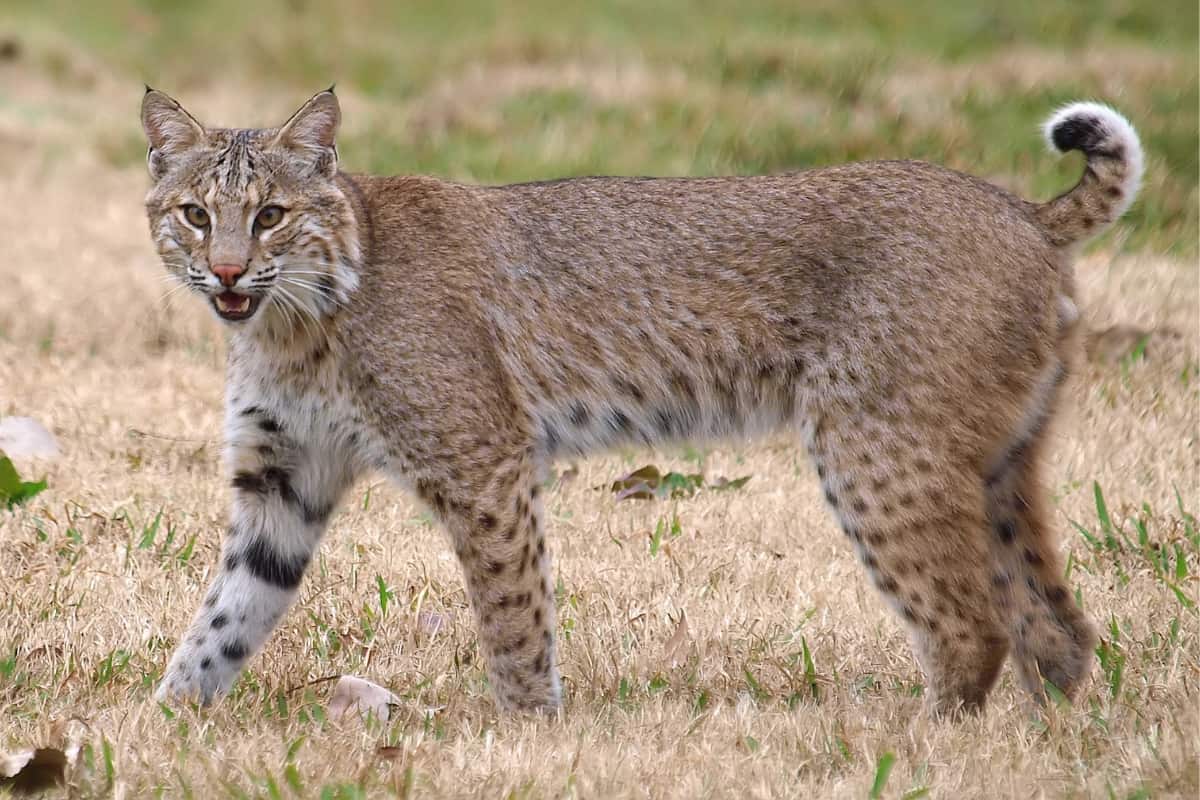
It is an eastern side bobcat and can be found in the eastern side of the USA and Canada. You can also witness these cats in the Midwestern region. The population of this specie has declined due to excessive human hunting and settlements. These cats were considered pests and there was also a bounty on their killings.
ii. Lynx Rufus Fasciatus
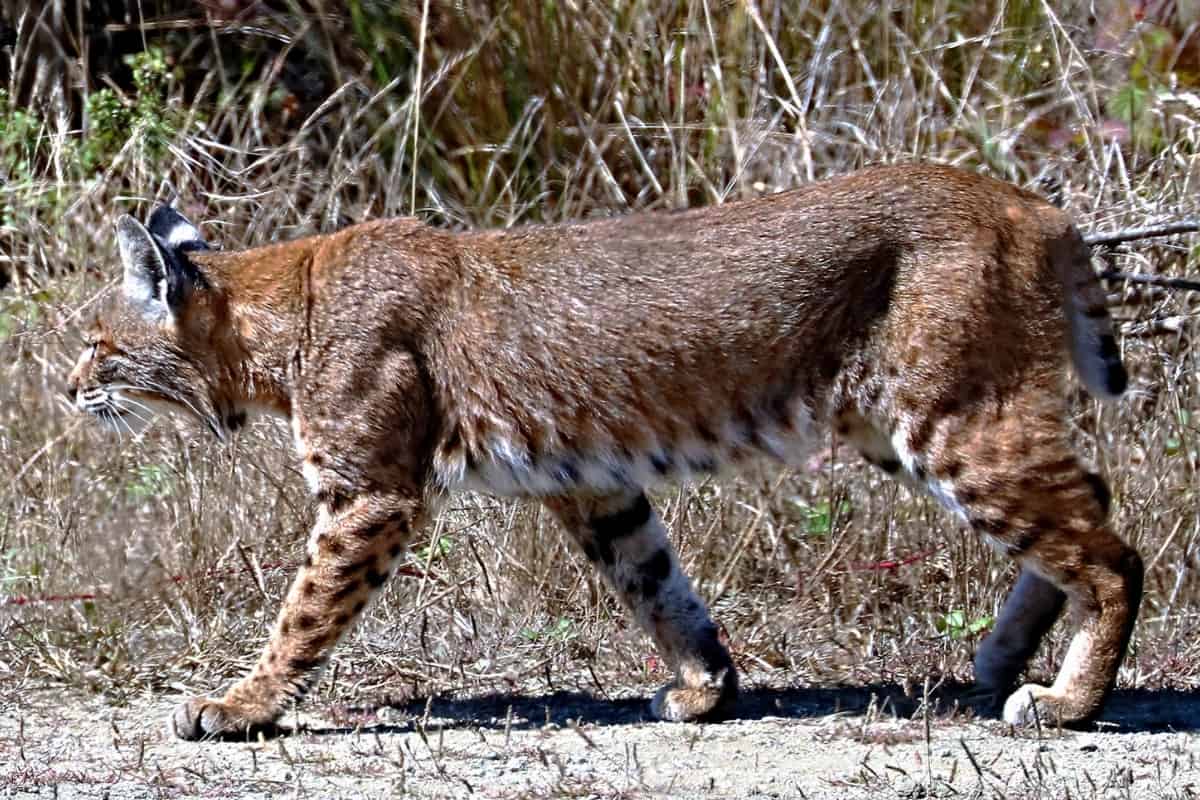
These are western bobcats and are found throughout the western side of North America. The population of this bobcat has also been affected by excessive hunting and settlements. Overall, the population of this cat is stable and trophy hunting of this cat has been banned in the USA.
2. Unrecognized Types Of Bobcats
Other than recognized species, eleven other unrecognized species have been found throughout the continent. There are many minor differences between these subspecies and these differences are only on the basis of their geographical adaptations. Let’s discuss these unrecognized subspecies in detail.
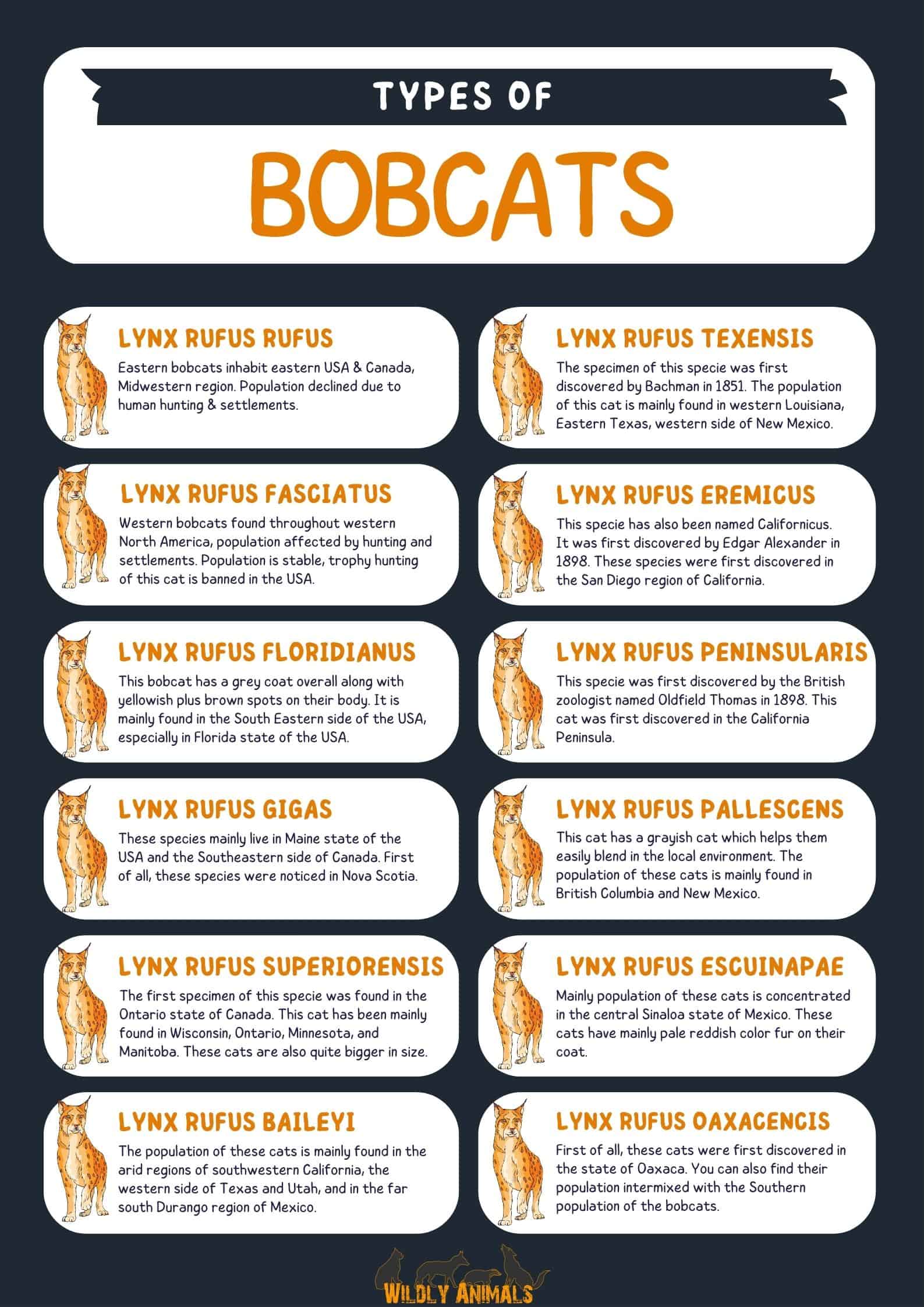
a) Lynx Rufus Floridianus
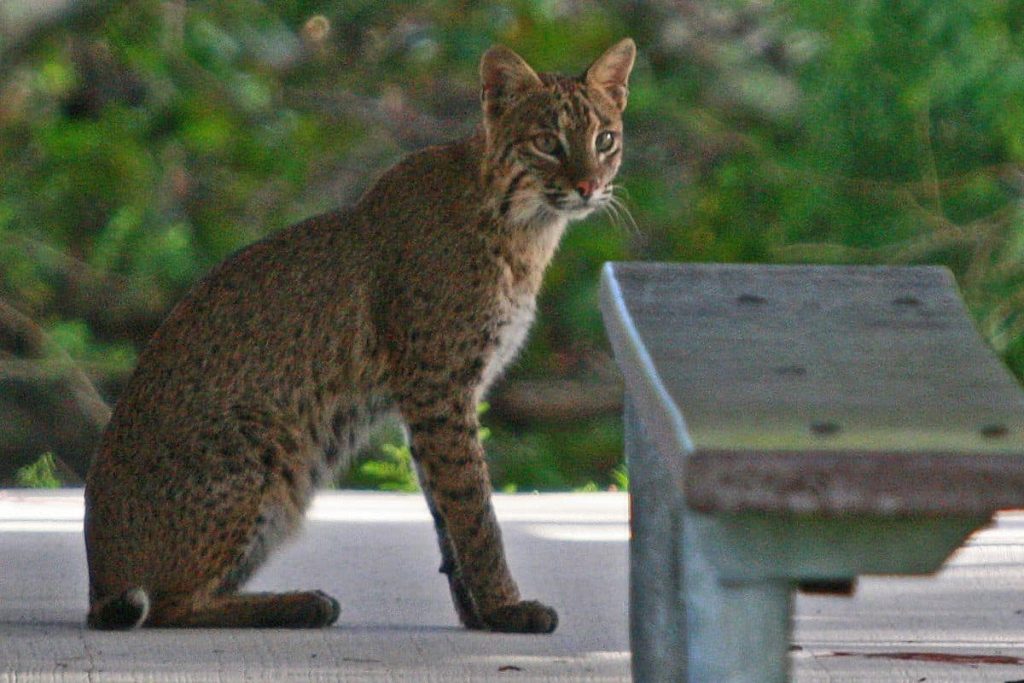
This sub-specie has been discovered by a French polymath named Constantine Samuel in 1817. The bobcat has a grey coat overall along with yellowish plus brown spots on their body. It is mainly found in the South Eastern side of the USA, especially in Florida state of the USA. It is the smallest size bobcat among the unrecognized species.
b) Lynx Rufus Gigas
This Sub-specie was first recovered in 1897 by an American zoologist named Outram Bangs. These species mainly live in Maine state of the USA and the Southeastern side of Canada. First of all, these species were noticed in Nova Scotia. The cats have grown to a very large size.
c) Lynx Rufus Superiorensis
It is the last discovered eastern side bobcat specie. It was explored by downing and Peterson in 1952. The first specimen of this specie was found in Ontario state of Canada. This cat has been mainly found in Wisconsin, Ontario, Minnesota, and Manitoba. These cats are also quite bigger in size.
d) Lynx Rufus Baileyi
This specie was first discovered by the Clinton hart in 1890. The specimen of these species were first discovered in Arizona state of the USA. The population of these cats is mainly found in the arid regions of southwestern California, the western side of Texas and Utah, and in the far south Durango region of Mexico.
e) Lynx Rufus Texensis
These species were first discovered in 1895 by a zoologist named Joel Asaph Allen. The specimen of this specie was first discovered by Bachman in 1851. The population of this cat is mainly found in western Louisiana, Eastern Texas, western side of New Mexico.
f) Lynx Rufus Eremicus
This specie has also been named Californicus. It was first discovered by Edgar Alexander in 1898. These species were first discovered in the San Diego region of California. The population of this cat is mainly concentrated in the southern and central sides of California and Nevada region.
g) Lynx Rufus Peninsularis
This specie was first discovered by the British zoologist named Oldfield Thomas in 1898. This cat was first discovered in the California Peninsula. The highest population of these cats is mainly found in the California region.
h) Lynx Rufus Pallescens
This specie was first discovered by Clinton Merriam in 1899 near the trout lake of Washington state the USA. This cat has a grayish cat which helps them easily blend in the local environment. The population of these cats is mainly found in British Columbia and New Mexico. These cats like to reside in the Rocky Mountains of the country.
i) Lynx Rufus Escuinapae
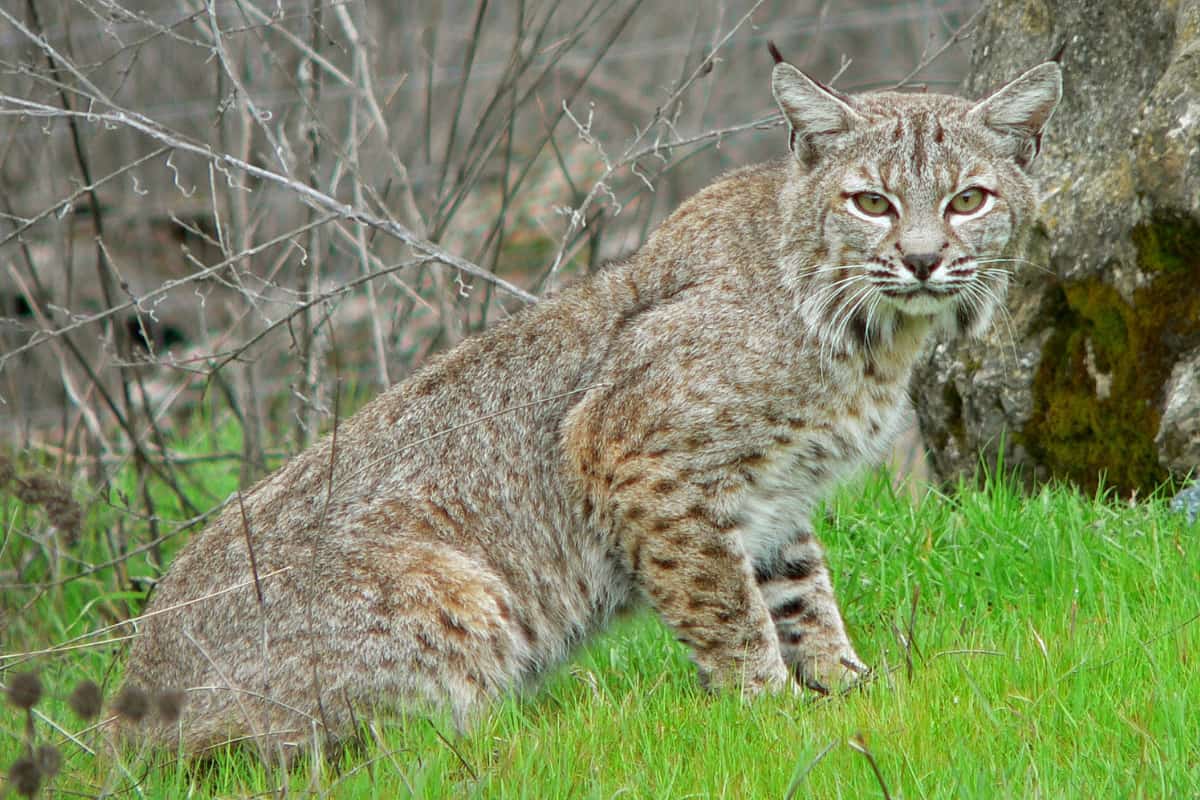
These cats were discovered in the Southern side of Mexico. It was first discovered by Joel Allen in 1903. Mainly population of these cats is concentrated in the central Sinaloa state of Mexico. These cats have mainly pale reddish color fur on their coat. These cats were also noticed on the western coast to the Sonora side of Mexico.
j) Lynx Rufus Oaxacencis
This specie of bobcat was first discovered by George Godwin in 1963. First of all, these cats were first discovered in the state of Oaxaca. You can also find their population intermixed with the Southern population of the bobcats. The highest concentration population of this bobcat is found in Southern Mexico and the highlands of Oaxaca.
Division Of Bobcats On The Basis Of Region
Bobcats have also been divided on the basis of the region where they live. In this regard, these cats have been divided into eastern, western, and southern bobcats. The oldest subspecies of these bobcats are from the eastern and western regions.
In the case of southern or Mexican bobcats, there is still very less information available and we need to do a lot of research to properly examine these cats. However, if we divide the remaining subspecies of the bobcats then the Gigas, superiorensis, and floridianus will come in the eastern region while the texensis, californicus, baileyi, peninsularis, palleescens will come in the western region.
The remaining two subspecies Escuinapae, and oaxacensis, come in the Mexican or southern region and as you know we need to do a lot of debate and research to get properly know about these subspecies.
Conservation Status Of Species/Subspecies
Regarding the conservation status of bobcats, first of all, we need to know that all the bobcat species and subspecies have been enlisted in Appendix II of the convention on international trade in Endangered species of Wild Flora and Fauna or CITES.
Generally, bobcats have not been considered endangered species and the population of these species is the least concern in the international union for the conservation of nature or IUCN. However, there is still a need for very strict regulation regarding the trade of their pelts and excessive hunting for human settlement.
There are reports coming out that lynx rufus Escuinapae or the Mexican bobcat has been enlisted as an endangered species due to its much less size than the remaining population. The authorities need to be extra conscious about the preservation of these species especially other species generally.
Bobcat Hybrids
Lynx and bobcats belong to the same genus and also show a lot of similarities. But these are two separate species. On rare occasions, these two species interbreed or mate with each other. Bobcats hybrid produces as a result of their interbreeding. These hybrid species have also been named Blinx species.
The US Forest Service has also officially recognized these species due to the increasing population of these hybrid species. Owing to their unique appearance, these cats have also been declared exotic domestic cats. The cat’s fancier club has also officially recognized these hybrid species and gives them special importance due to the Bobcat heritage. One of the very well-known hybrids in this regard is the desert lynx.
Frequently Asked Questions
Conclusion
There are different types of bobcats and these cats have been categorized on the basis of their genus and region. In this article, we have enlisted that these cats belong to all the genus and regions. We have also explained about these cats. However, the most prominent among these cats is the lynx rufus which is very well known and has a very stable population throughout the North American continent. Other subspecies of bobcats are very rare and mostly enlisted as endangered species in their regions. By going through this article, you can have an overview of all the different types of bobcats and their conservation status.

Izzy is an experienced ranch worker who has a passion for exploring nature and getting up close to wildlife. With her connections to various animal organizations, Izzy is well-versed in animal care and rehabilitation.

